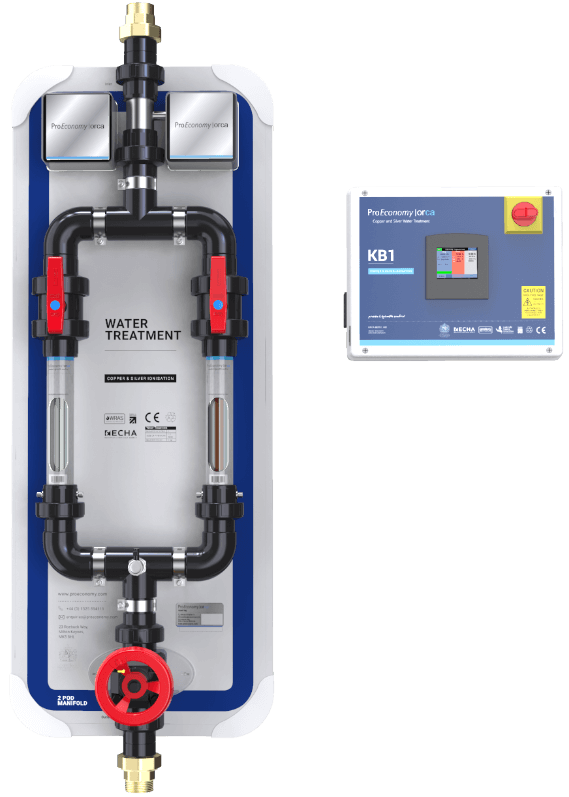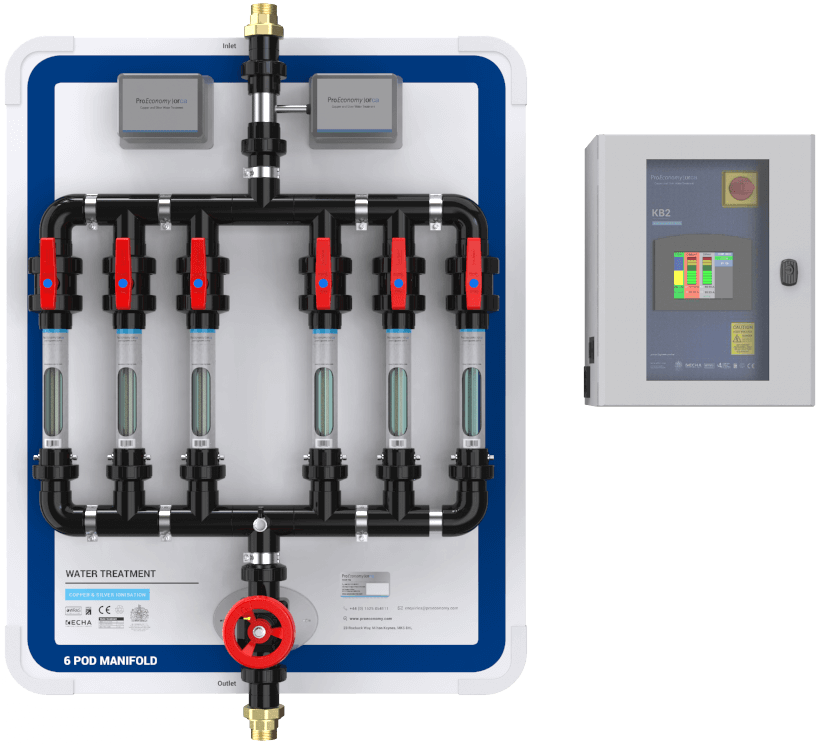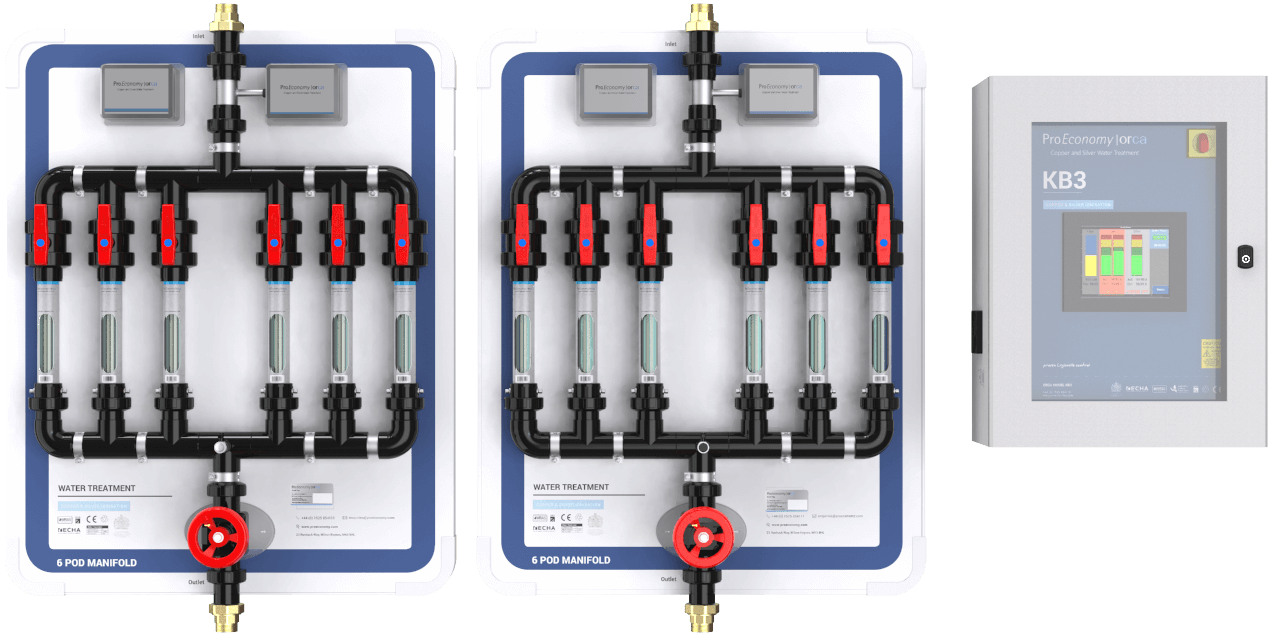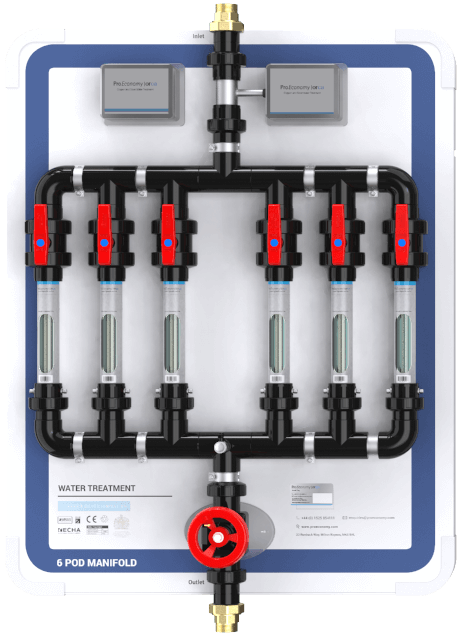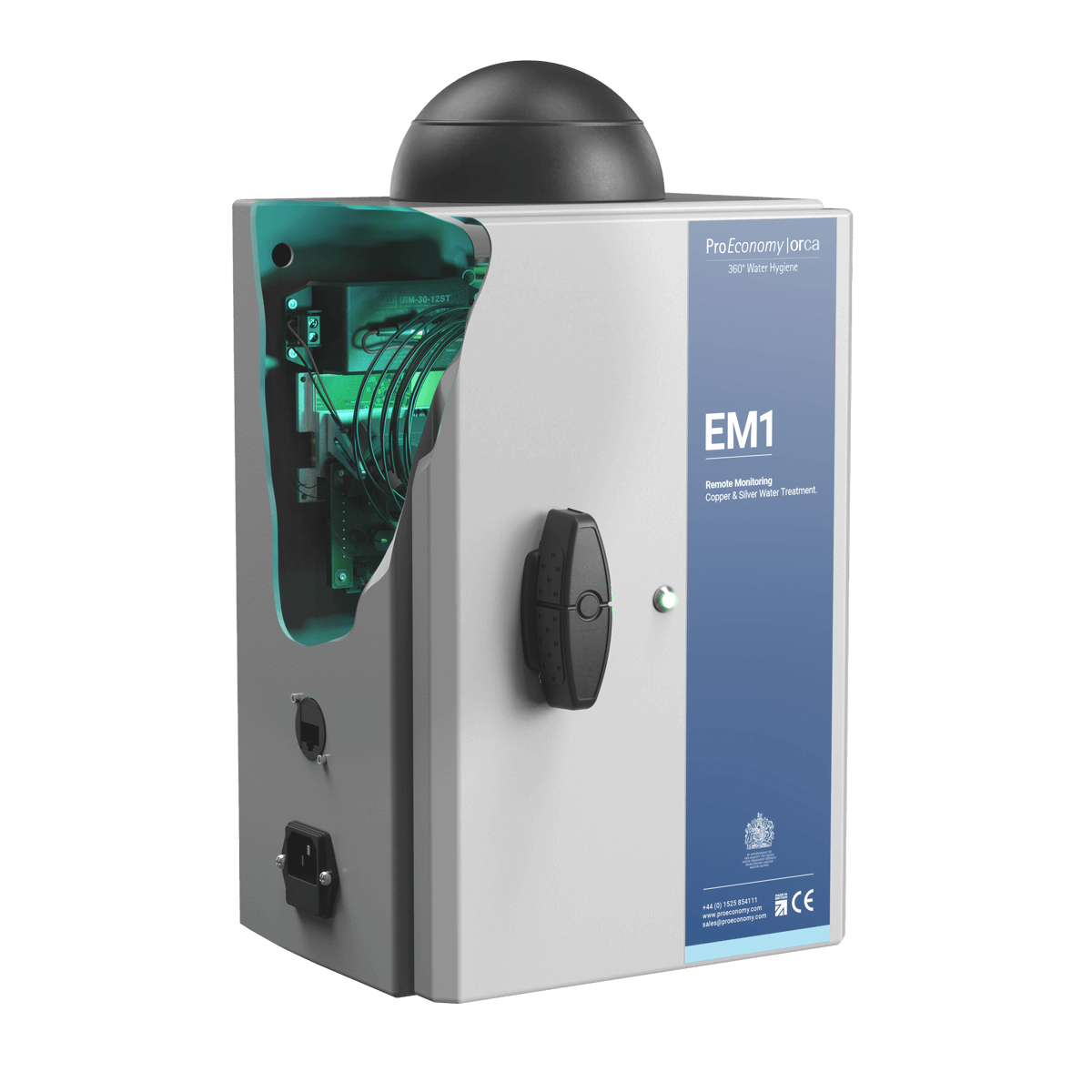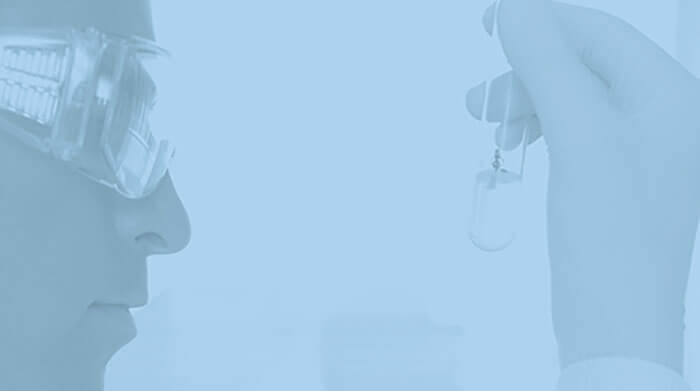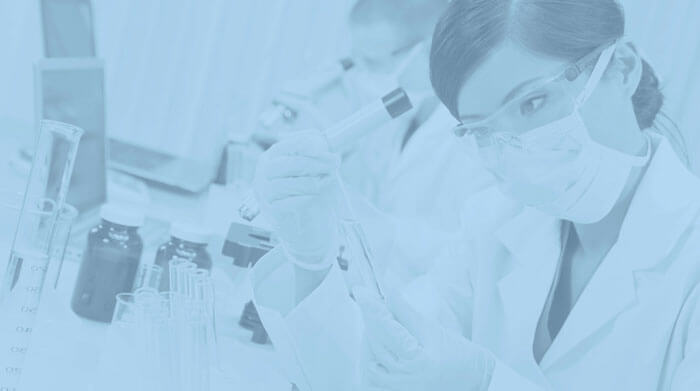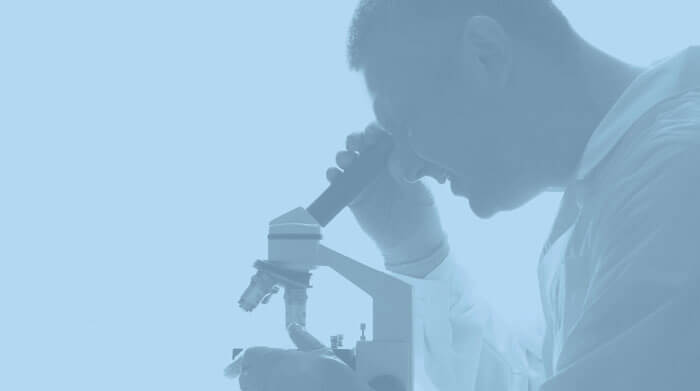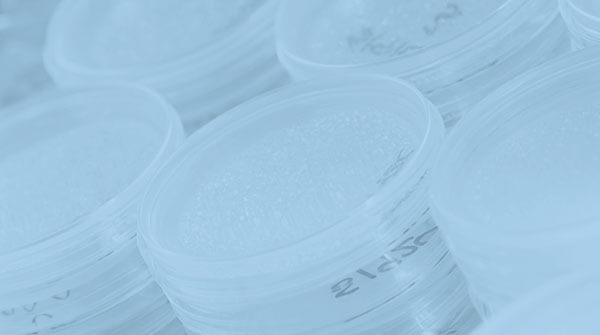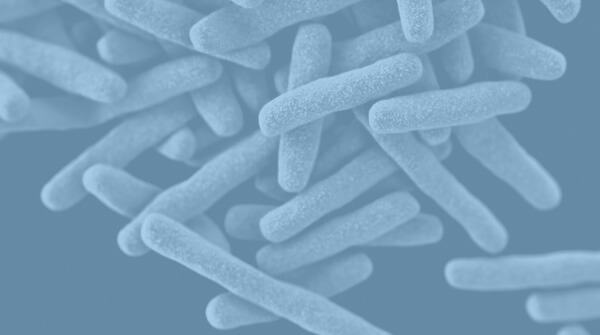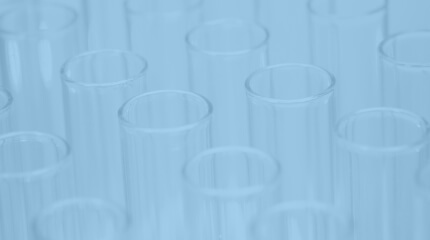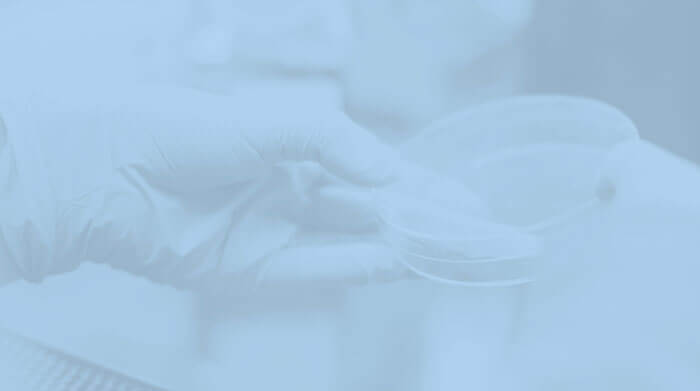Water Bacteria Risk Factors
Below are a few water bacteria risk factors that can lead to the formation of Legionella, Pseudomonas and other waterborne pathogens.
- Rubber hoses and fittings. Although cheap and easy to fit, biofilm readily forms on the surface. Rubber will also crack with age, and these cracks provide a sheltered environment that bacteria can thrive in.
- Thermostatic mixing valves. TMVs are needed to reduce potentially scalding temperatures to safer levers, usually 36° to 46°C. Unfortunately, this is the range in which Legionella and Pseudomonas thrive. What's more, biofilm forms on the mesh inside the TMV, providing a protective environment for pathogens. They also have a rubber O-ring.
- Flow straighteners. These also have meshes, and some have rubber O-rings.
- Expansion vessels and isolation valves. These both have rubber membranes in their structure and so can suffer from the associated problems.
- Deadlegs/dead ends. These will allow water to stagnate, making biofilm formation much easier. The still water also makes it more difficult to deliver biocides to the area.
- Low-use outlets. Can show all the problems associated with stagnating water.
- Galvanised Steel. Hot water and oxidising chemicals can erode the protective zinc coating to expose the steel underneath. Where this happens, tubercles can form which encourage build-up of biofilm.
- Heat exchangers. If poorly maintained these will allow scale to form, which provides an excellent surface for biofilm to build on.
- Hard water areas. Again, scale will encourage biofilm to form. In extreme cases the scale can also form on top of the biofilm, protecting pathogens from biocides.
